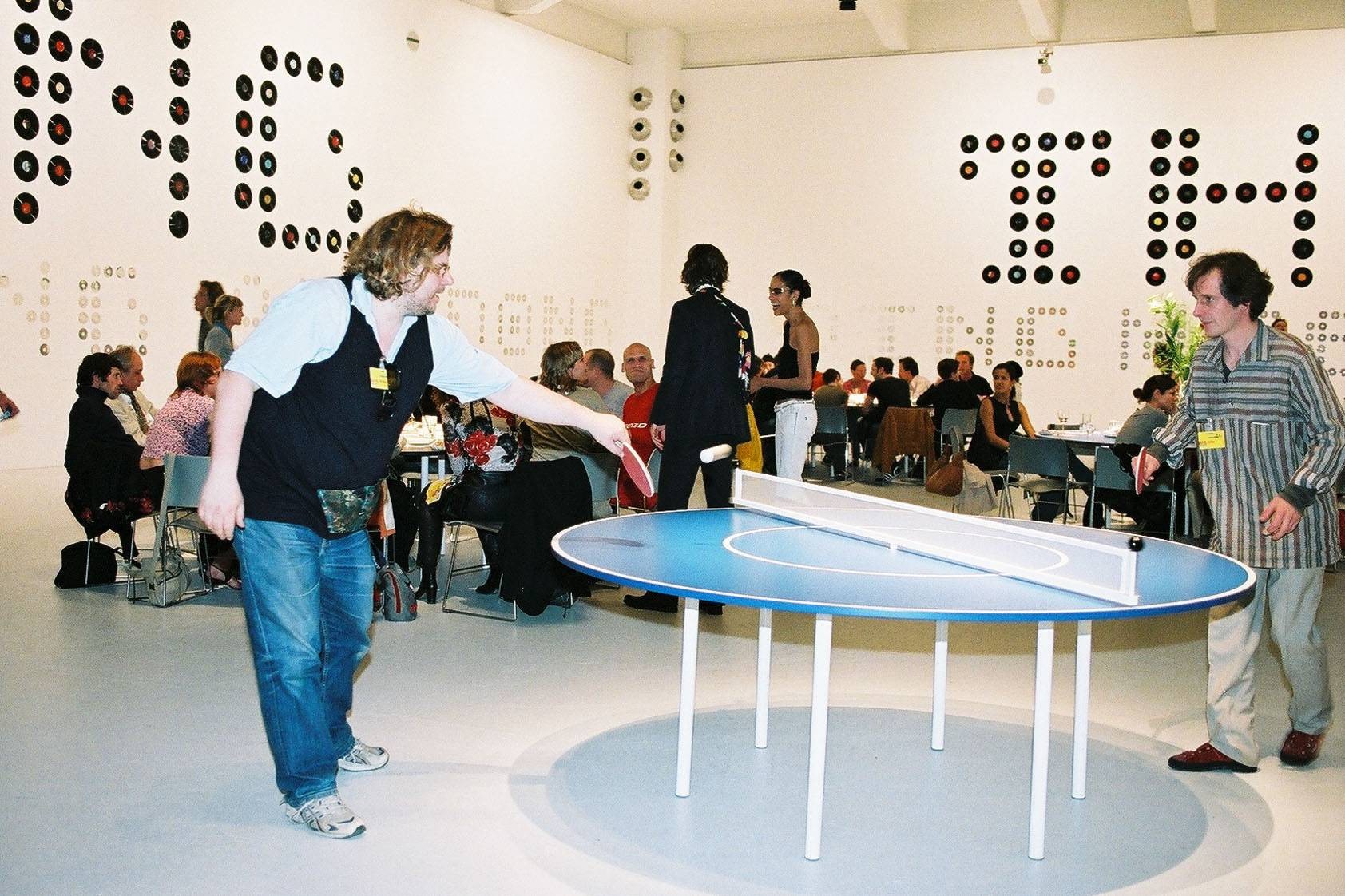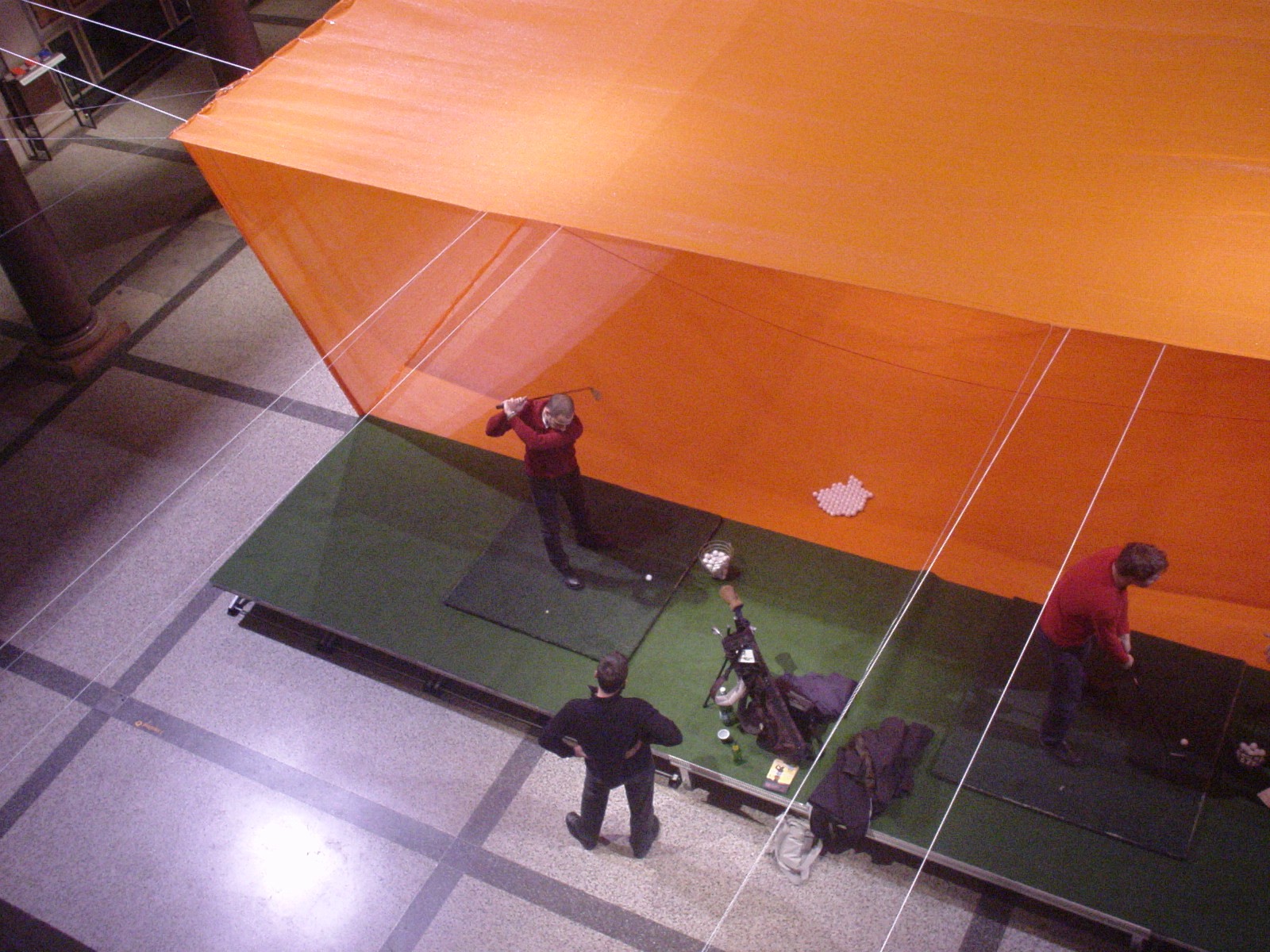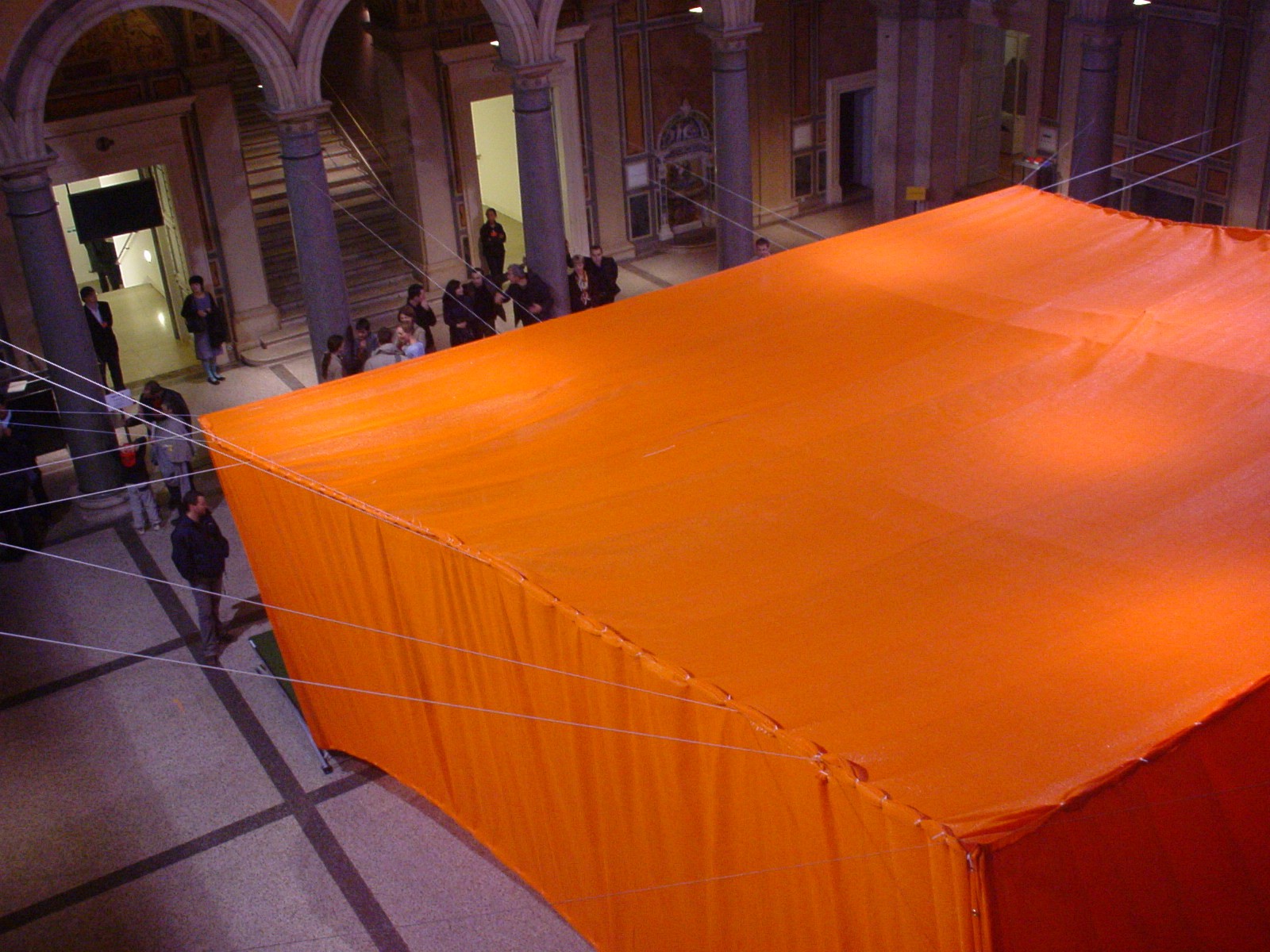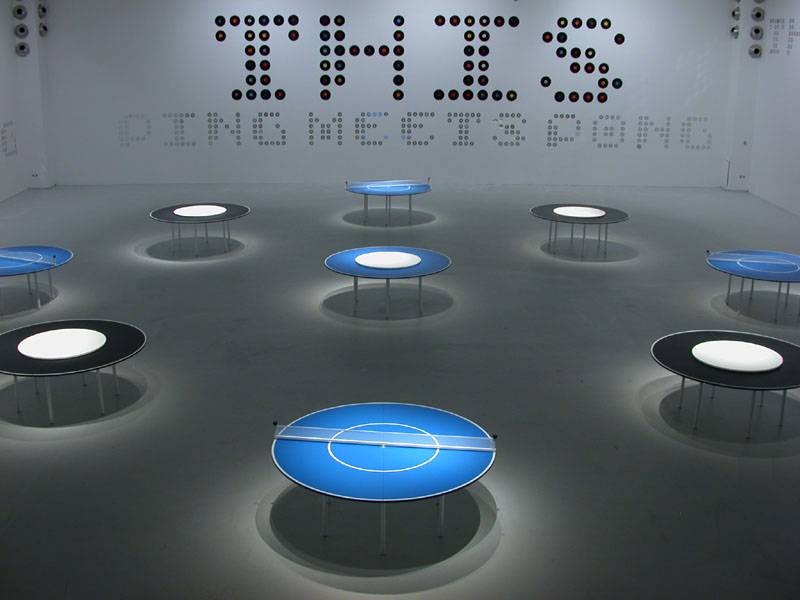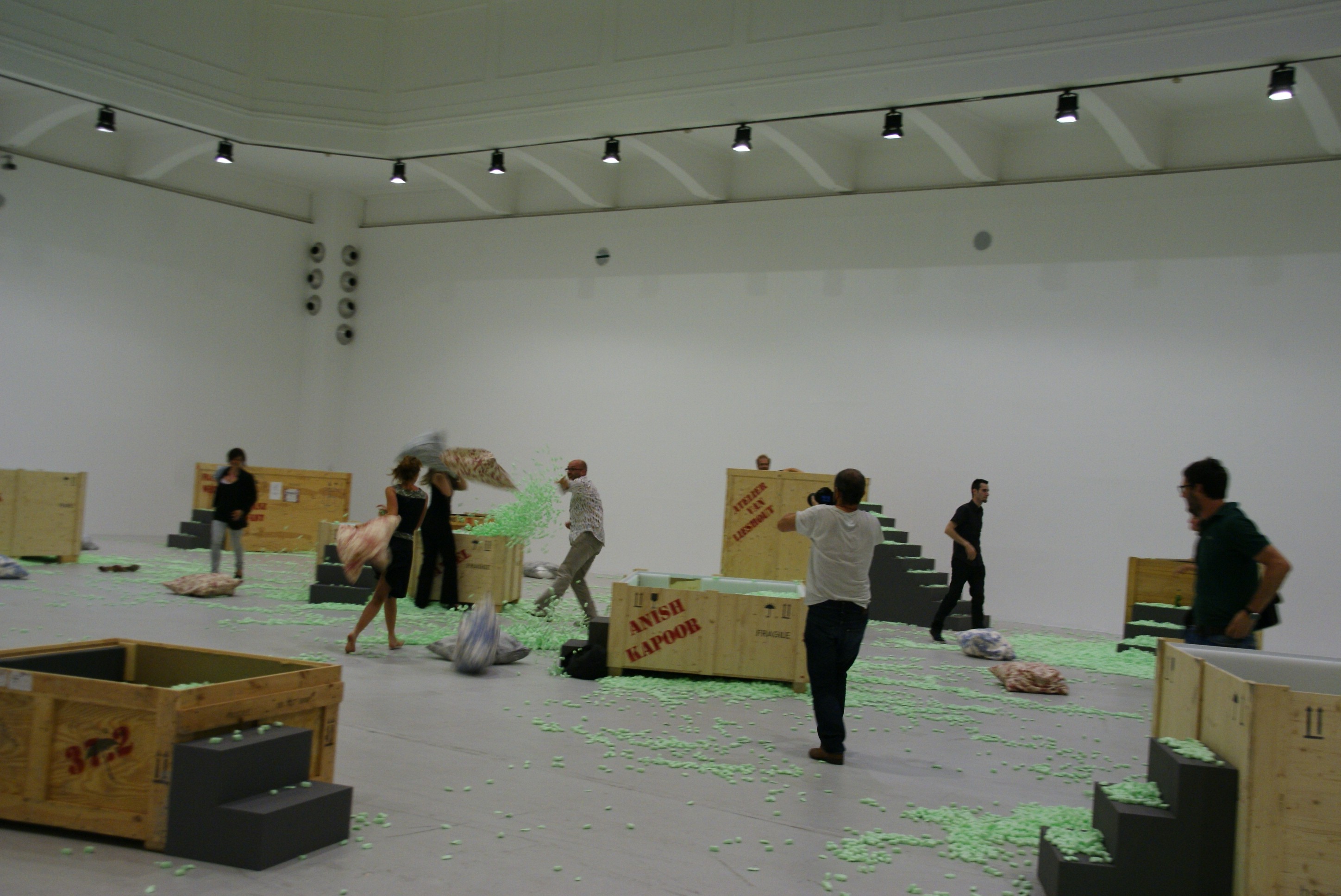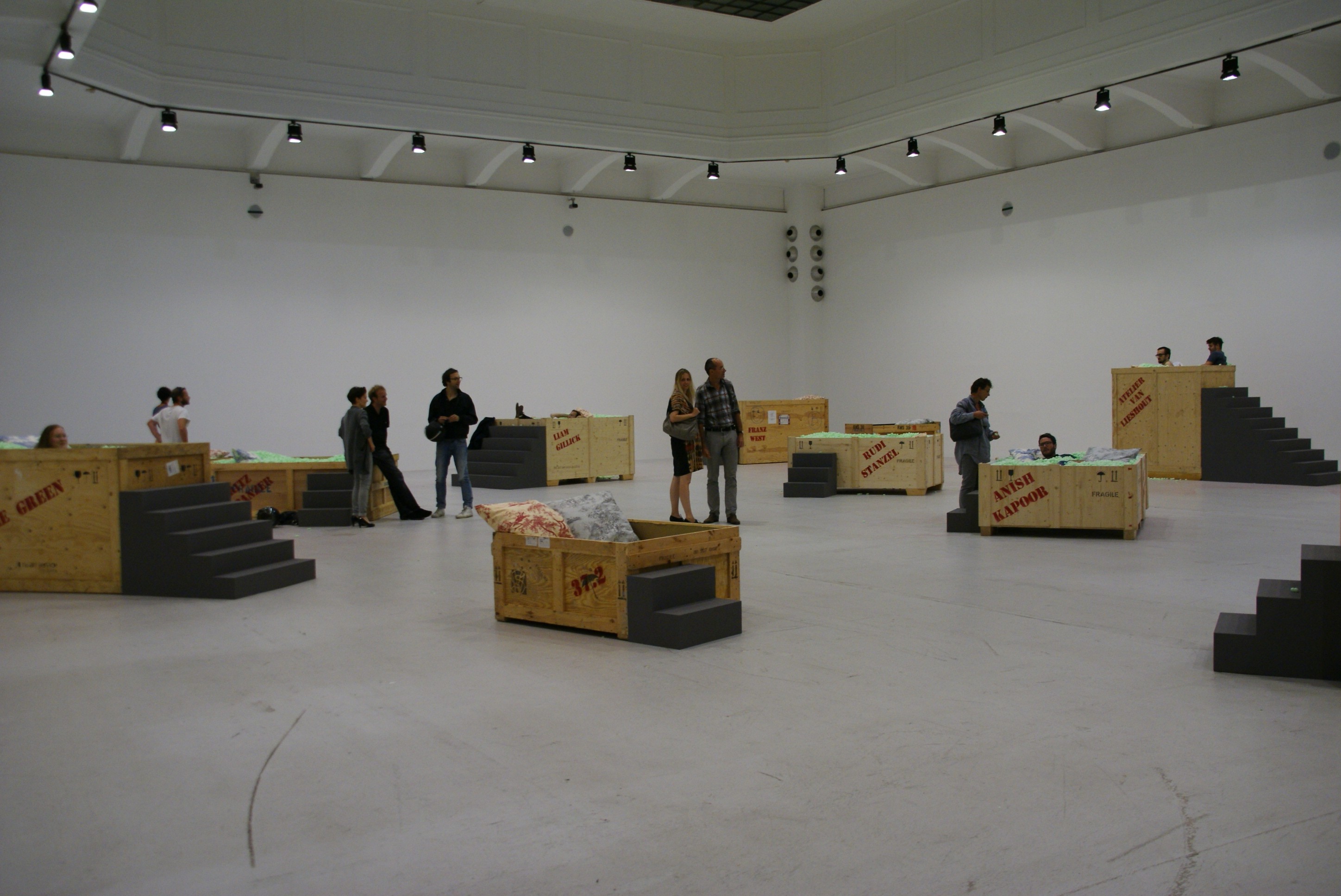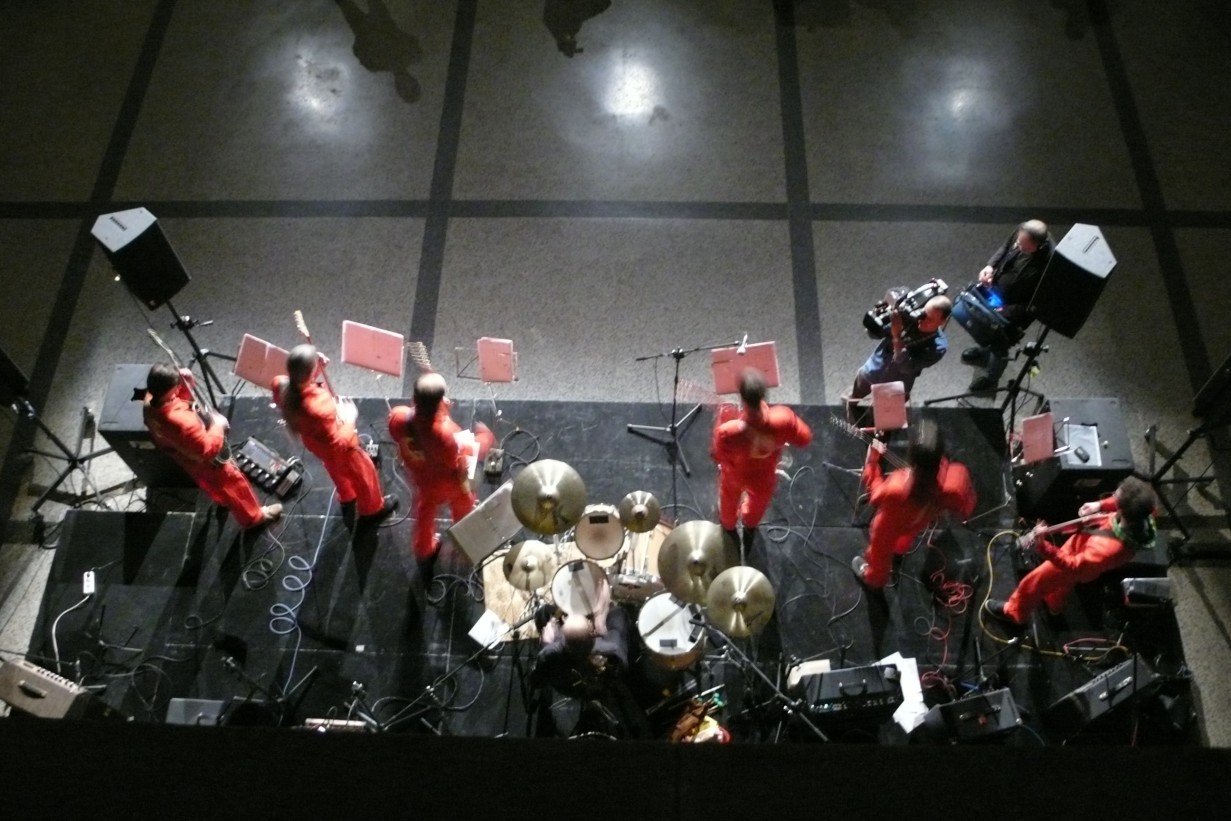
Performativity
Marlies Wirth, Curator MAK NITE Lab
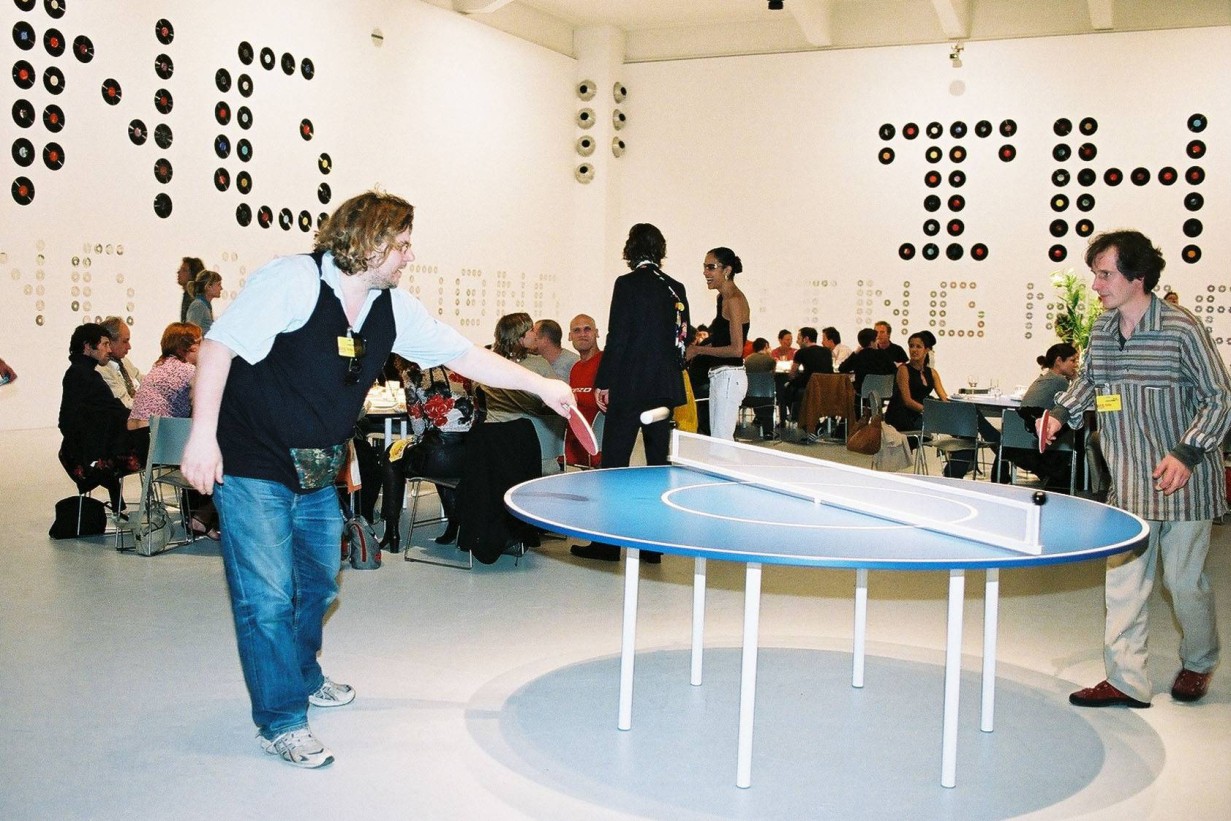
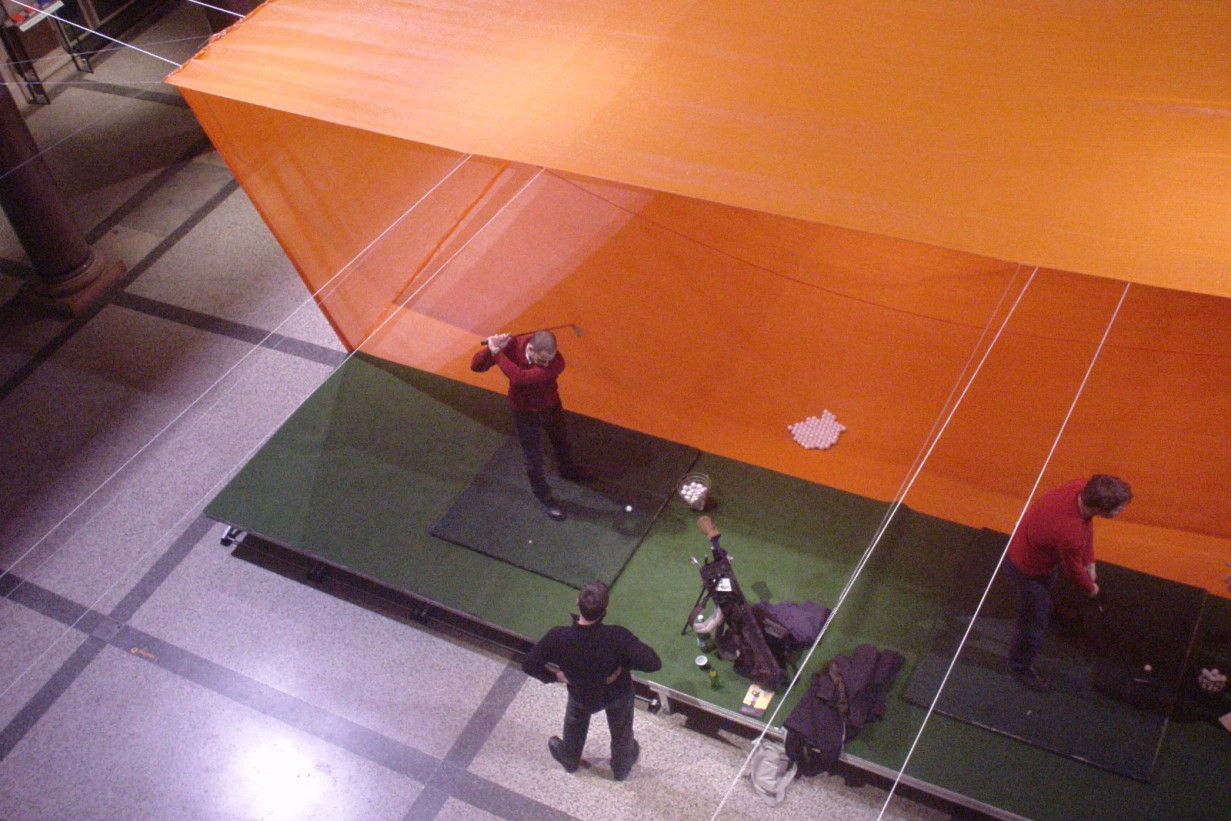
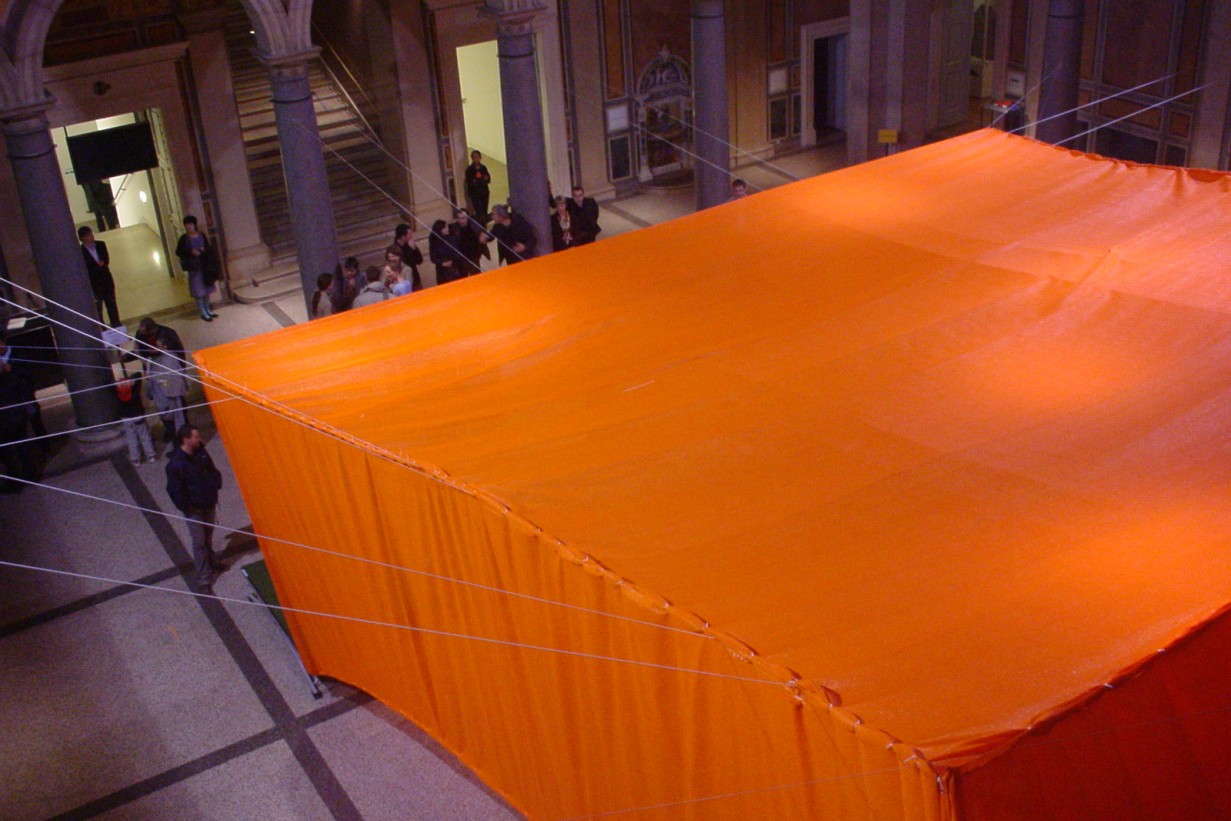
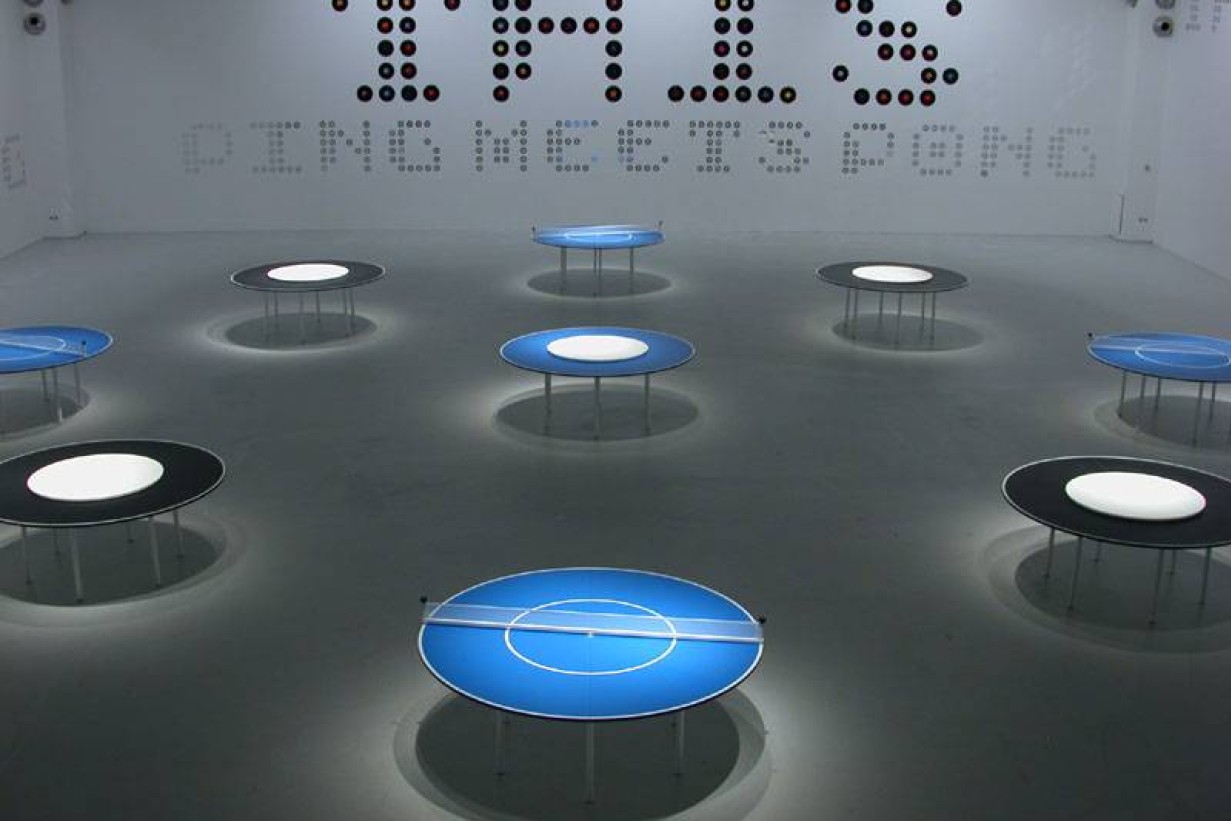
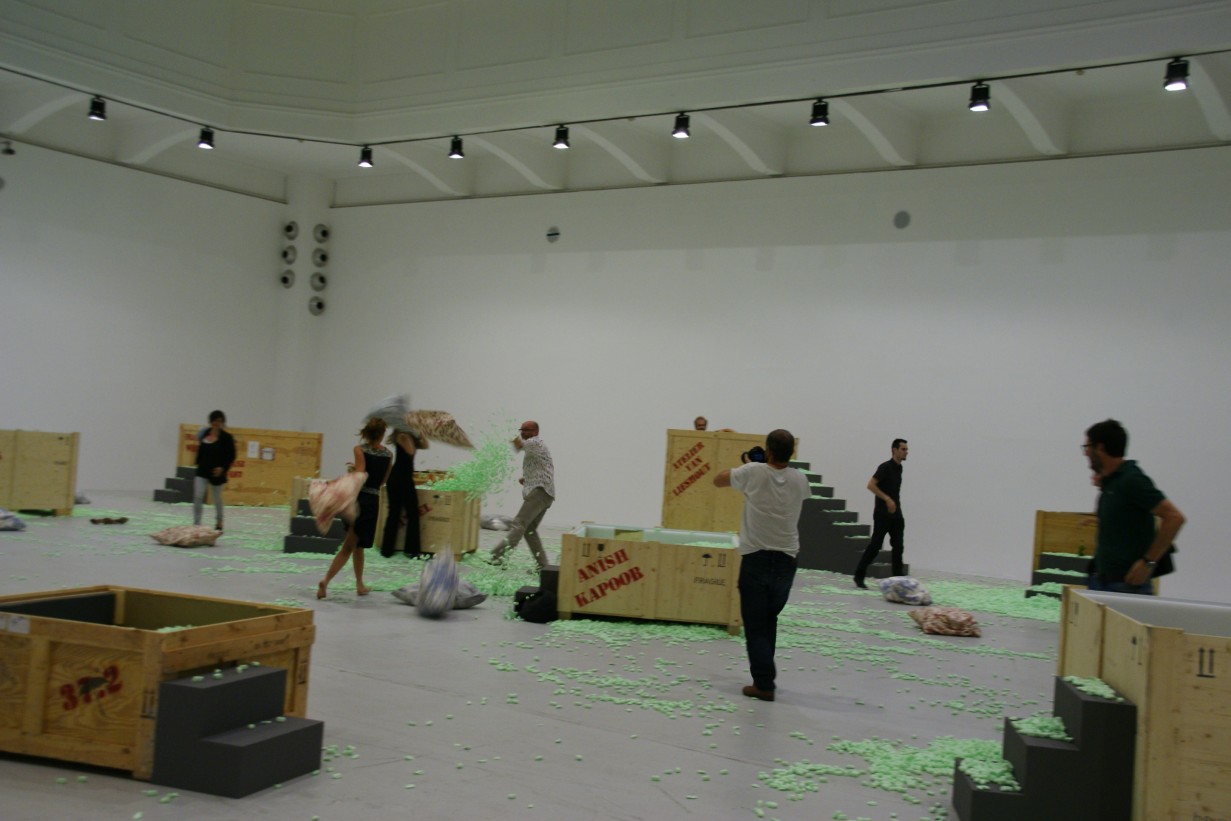
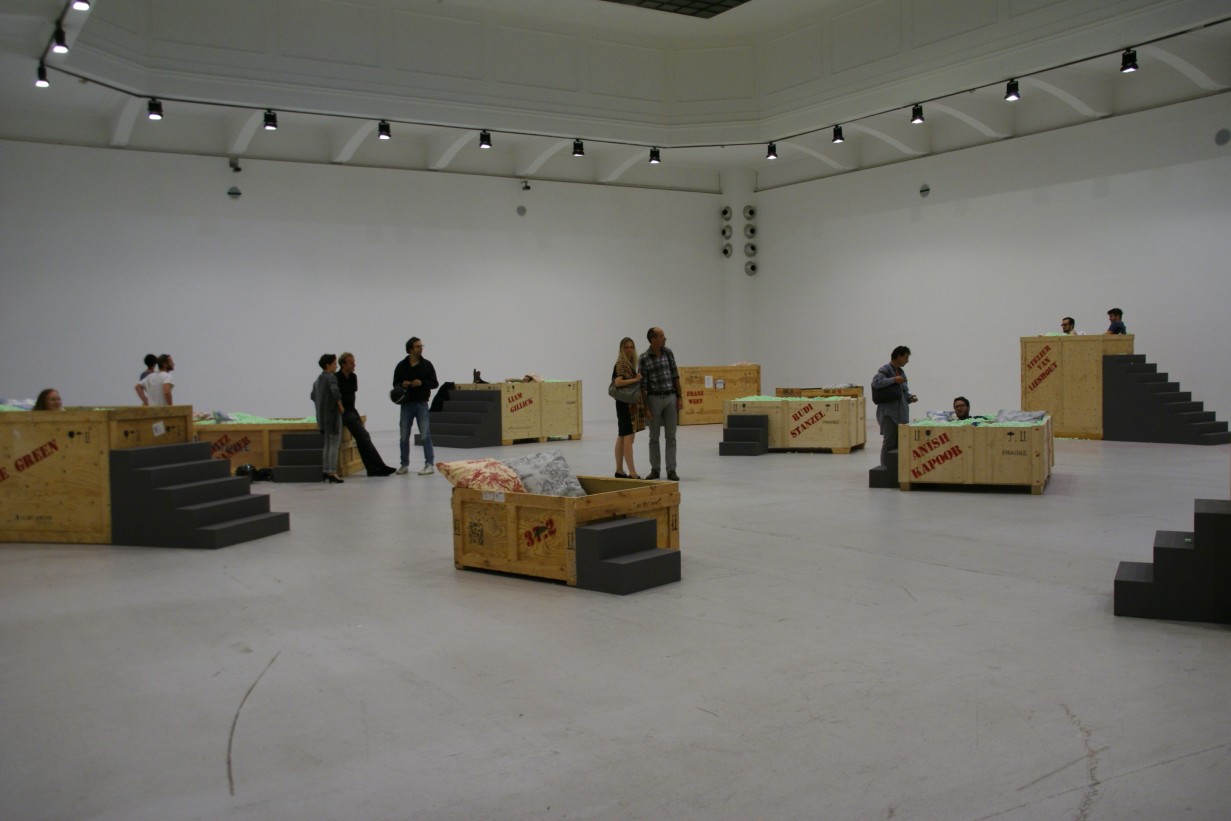
Previous Image
Performative works blur the boundary between “pure”/applied arts and popular culture and, with their multi-media concepts, call genre borders into question.
>> Performance has established itself in Western modern art not only as a presentation technique in a media public, but also as a kind of “scenic art practice”. Going “For Change,” performative art forms may address all sorts of things: social systems of order, cultural conventions and signs, political and aesthetic provocation, the search for utopias and heterotopian spaces, the indication of the absent, the tracing of the repressed and forgotten—in brief, performativity creates spaces of possibility and seeks to develop an aesthetic strategy to explore the ever more subtle boundaries between representation and spectacle, play and seriousness, the real and the imaginary.
Precisely because performativity is defined as an aesthetic practice in the social process, performance art is a “serious game” which does not pretend to be, but actually is, creating an irreproducible presence. In respect to a performative approach in design and considering design as a space of thought and a strategy for action, the concept of “DIY”(do it yourself) can also be subsumed here as it permits developing a kind of “design performance” (though without the classical “workshop” character).
>> Installation as a specific working concept in art, design, and architecture has—in its space-consuming quality and the resultant experiential elements—a large performative potential which is able to create an original and individual context for subjects and issues to be interpreted. Referring to Nicolas Bourriaud’s notion of Relational Aesthetics, or Social Practice, demonstrated by, among others, Rirkrit Tiravanija in his Social Cooking performance-installations, the “performative installation” ties the event character of performativity in with the materiality of the installation, so as to facilitate the simultaneity of action and experience or to make the event character of art production (as a process) continue to be felt in the installation.
So the performative Installation combines in itself presence and representation, ephemeral and permanent elements, immateriality and materiality. It is distinguished from the performance as a “singular act” (in the sense of Judith Butler), as it is not about dissolving the work in the event, but about achieving a symbiosis of both. Performative installations can enact reality through constructed situations, they can give spatial visibility to narration und communication and can be regarded as “performing architecture” and “performing change.”
>> Film is an unusual, but also an obvious medium when it comes to the question of how to make a performative approach to architecture and design. The perception of a place (or architecture) is redefined by the targeted and subjective directing of the recipients’ gaze, by making them see through the eyes of another person. A filmic work is, like a performance, the epitome of a “constructed situation.” The given, the readymade, the industrial product, technicized image production all undergo a shift of meaning in the modern voyeuristic structure of perception.
From a conceptual point of view, a filmic piece may be referred to (analogous to Lucy Lippard’s Six Years: The Dematerialization of the Art Object from 1966 to 1972, University of California Press, 1973/1997) as a dematerialized form of performativity which is about the perception of behaviors and thought processes as such. Direct experience on site places no role here, since the concentration on the “curated” (moving) image enables a different type of attention to sensual and visual phenomena.
Also falling in this category is (unlike classical VJing) the contemporary production of Visuals, which can be read as an exciting and seminal special new applied-arts genre.
>> Performance has established itself in Western modern art not only as a presentation technique in a media public, but also as a kind of “scenic art practice”. Going “For Change,” performative art forms may address all sorts of things: social systems of order, cultural conventions and signs, political and aesthetic provocation, the search for utopias and heterotopian spaces, the indication of the absent, the tracing of the repressed and forgotten—in brief, performativity creates spaces of possibility and seeks to develop an aesthetic strategy to explore the ever more subtle boundaries between representation and spectacle, play and seriousness, the real and the imaginary.
Precisely because performativity is defined as an aesthetic practice in the social process, performance art is a “serious game” which does not pretend to be, but actually is, creating an irreproducible presence. In respect to a performative approach in design and considering design as a space of thought and a strategy for action, the concept of “DIY”(do it yourself) can also be subsumed here as it permits developing a kind of “design performance” (though without the classical “workshop” character).
>> Installation as a specific working concept in art, design, and architecture has—in its space-consuming quality and the resultant experiential elements—a large performative potential which is able to create an original and individual context for subjects and issues to be interpreted. Referring to Nicolas Bourriaud’s notion of Relational Aesthetics, or Social Practice, demonstrated by, among others, Rirkrit Tiravanija in his Social Cooking performance-installations, the “performative installation” ties the event character of performativity in with the materiality of the installation, so as to facilitate the simultaneity of action and experience or to make the event character of art production (as a process) continue to be felt in the installation.
So the performative Installation combines in itself presence and representation, ephemeral and permanent elements, immateriality and materiality. It is distinguished from the performance as a “singular act” (in the sense of Judith Butler), as it is not about dissolving the work in the event, but about achieving a symbiosis of both. Performative installations can enact reality through constructed situations, they can give spatial visibility to narration und communication and can be regarded as “performing architecture” and “performing change.”
>> Film is an unusual, but also an obvious medium when it comes to the question of how to make a performative approach to architecture and design. The perception of a place (or architecture) is redefined by the targeted and subjective directing of the recipients’ gaze, by making them see through the eyes of another person. A filmic work is, like a performance, the epitome of a “constructed situation.” The given, the readymade, the industrial product, technicized image production all undergo a shift of meaning in the modern voyeuristic structure of perception.
From a conceptual point of view, a filmic piece may be referred to (analogous to Lucy Lippard’s Six Years: The Dematerialization of the Art Object from 1966 to 1972, University of California Press, 1973/1997) as a dematerialized form of performativity which is about the perception of behaviors and thought processes as such. Direct experience on site places no role here, since the concentration on the “curated” (moving) image enables a different type of attention to sensual and visual phenomena.
Also falling in this category is (unlike classical VJing) the contemporary production of Visuals, which can be read as an exciting and seminal special new applied-arts genre.
